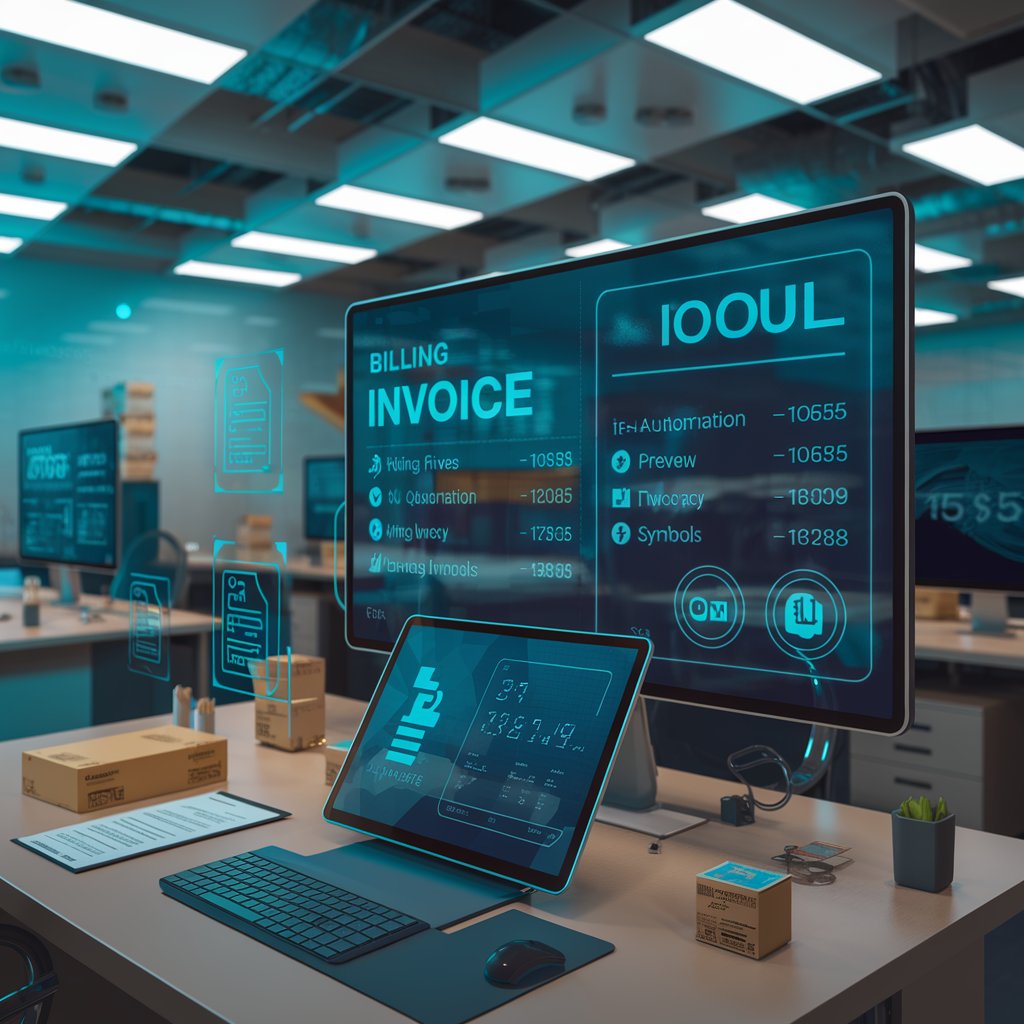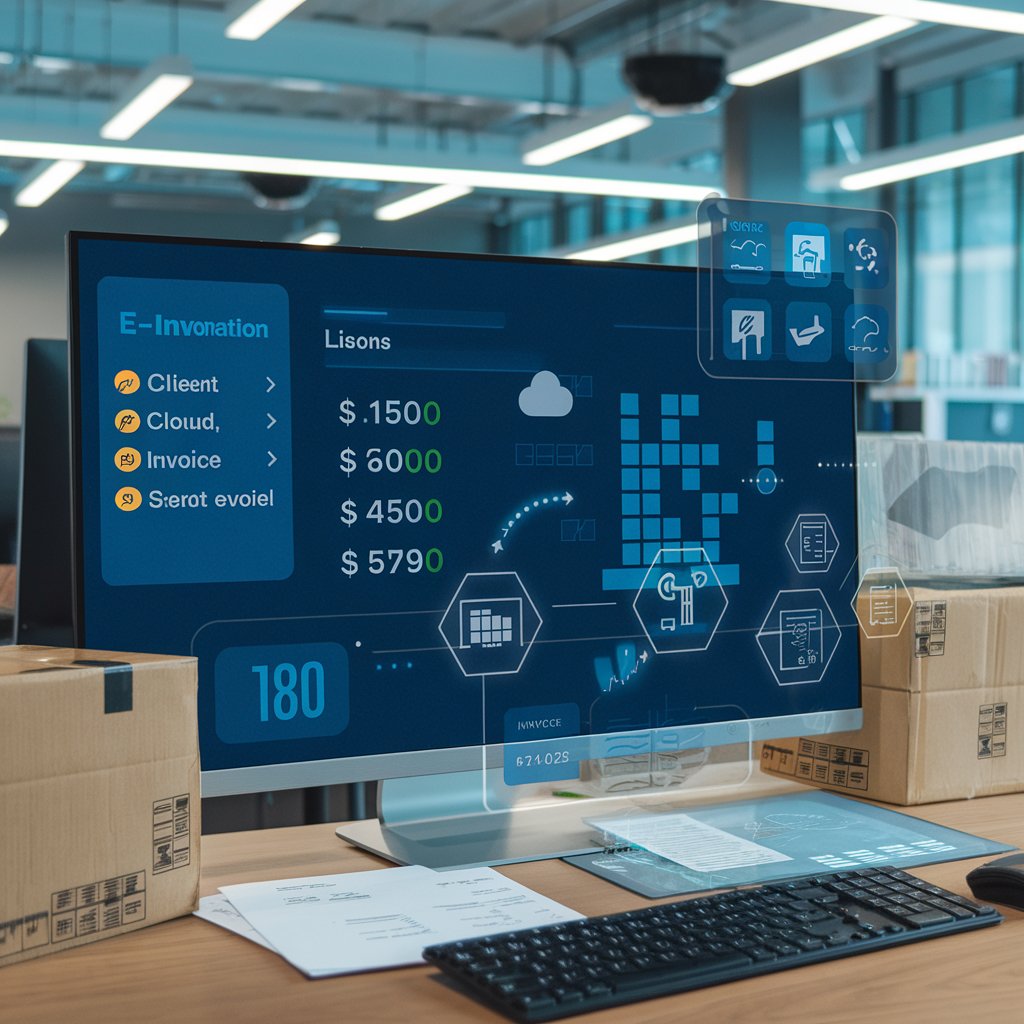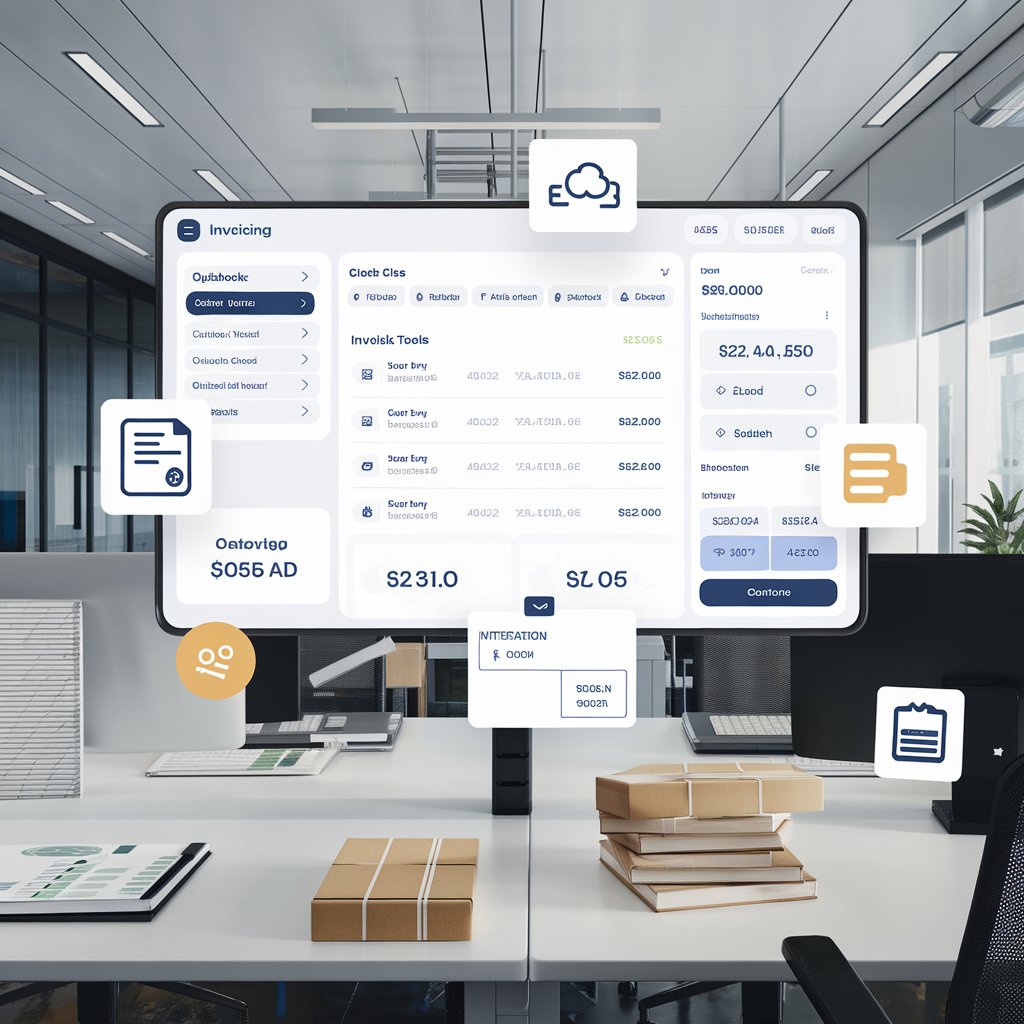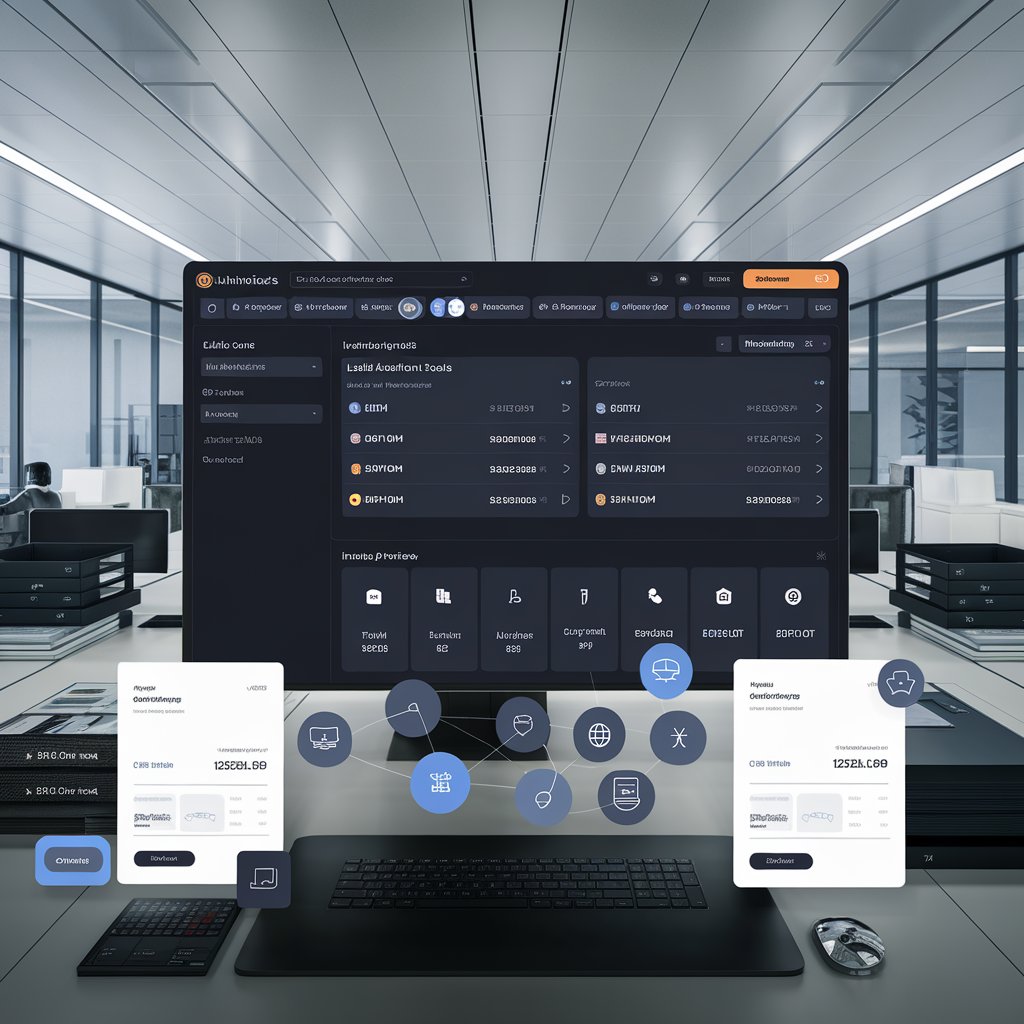E-Invoicing in Logistics: From Paper to Digital Billing

📄 What Is E-Invoicing in Logistics?
E-invoicing, or electronic invoicing, is the automated creation, delivery, and storage of invoices in a digital format — fully integrated into your logistics workflow. Instead of printing or emailing static invoices, data flows directly from your freight platform to your accounting system or ERP.
In logistics, e-invoicing connects:
- Shipments
- Services (freight, warehousing, customs)
- Purchase orders
- Customer billing cycles
Everything becomes traceable, automated, and faster. ⚡
🧾 Why Logistics Companies Are Moving to Digital Invoicing
Manual invoicing creates friction:
❌ Delayed payments
❌ Lost paperwork
❌ Data entry errors
❌ Disconnected systems (CRM, accounting, TMS)
E-invoicing software solves these issues by:
✅ Automatically generating invoices from completed shipments
✅ Matching services to purchase orders and quotes
✅ Syncing with accounting tools like QuickBooks or Xero
✅ Enabling faster billing cycles and payment collection
✅ Ensuring audit-ready records and tax compliance

🔁 How E-Invoicing Works in a Freight Workflow
Let’s break it down step by step:
1. Shipment Completion
Once a shipment is delivered or confirmed, your system automatically triggers the invoice process.
2. Service Matching
The system pulls pricing from the shipment quote or rate sheet (freight, handling, insurance, etc.)
3. Invoice Generation
An invoice is created instantly, linked to customer and PO data. No manual input.
4. Approval & Delivery
Invoice is reviewed (if needed), then sent digitally via email, client portal, or EDI.
5. Accounting Integration
Invoice data is synced with your finance system — no retyping, no mistakes.
6. Payment Tracking
Track payments, automate reminders, and reconcile with digital records.
🧠 Why Linbis Stands Out in E-Invoicing for Logistics
Linbis Freight Management Software includes a billing automation suite designed for logistics and freight forwarders. Key features include:
- 📥 Auto-generation of invoices linked to shipments
- 🔁 Integration with accounting platforms
- 🗃️ Centralized client billing history
- 🔔 Payment reminders and aging reports
- ✅ Multi-currency and tax-compliant formats
- 🌐 Client portal for invoice access and payment
Linbis makes it easy to scale your billing — no matter how many shipments or clients you handle.

💼 Benefits of E-Invoicing for Finance Teams
Benefit | Impact |
Faster Billing | Accelerates cash flow |
Reduced Errors | Increases accuracy |
Cost Savings | Less paper, less admin |
Compliance | Easier audits and tax reporting |
Transparency | Clear records for clients and teams |
🧩 Who Should Use E-Invoicing?
E-invoicing is ideal for:
- Freight forwarders
- 3PL providers
- Customs brokers
- Shipping lines
- Warehousing operators
- Any logistics firm with recurring client billing
If your finance team is manually tracking payments or reconciling spreadsheets — you’re ready for the switch.

📈 Final Thoughts
Paper invoices are a thing of the past. With e-invoicing in logistics, you’ll bill faster, reduce errors, and give your finance team the visibility they need.
Solutions like Linbis make it easier than ever to automate your billing — without complicating your operations.
🔔 Ready to turn invoices into insight, not overhead? Go digital. Go faster.
